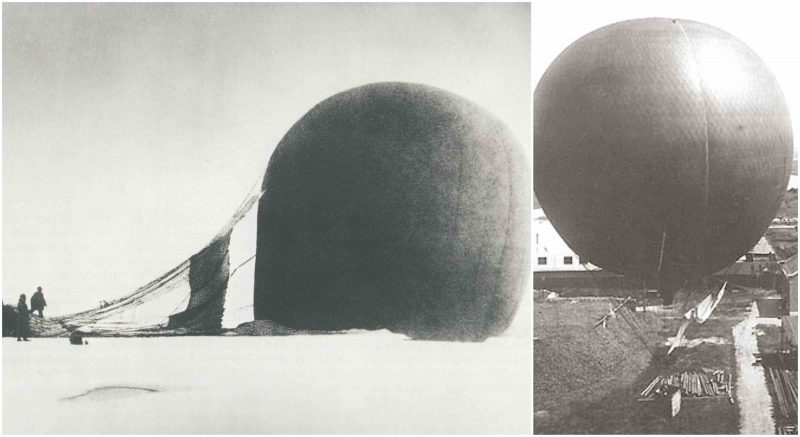Humanity has always had a deep, unquenchable yearning to go forth and conquer the wild uncharted lands and undiscovered territories of our earth; however the cost of undertaking such challenges is great, and many of these fantastic efforts go unnoticed and unappreciated.
In 1897, Salomon August Andrée’s balloon expedition to reach the North Pole met with disastrous end; all members of the team paid the ultimate price in their quest for adventure and discovery, freezing to death in the icy wilderness of the Arctic. Just as the 20th century had the space race between the USA and the USSR, the 19th century saw the number of expeditions attempting to reach and explore the untouched icy land of the Poles surge; fierce international rivalries emerged as everyone competed to achieve the greatest feats.
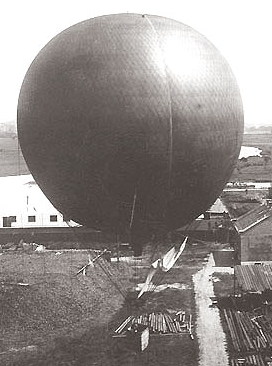
Around this time, Andrée formed his ambitious plans to mount polar expedition by hot air balloon. The Swedish people were keen to join the nations of the world in the race to the poles and Andrée enjoyed a great deal support.
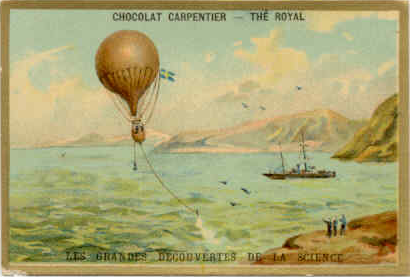
An expert Balloonist, and self proclaimed ‘instinctive survival expert’, Andrée laid out a plan to take on a hydrogen balloon from Svalbard to either Russia or Canada, passing over the North Pole on the way. Sweden was engulfed in a huge uproar of excitement when the plans were announced; papers and journals recorded the enthusiasm with great detail.
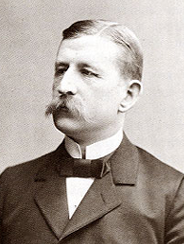
According to the experts, the fact that the expedition had received countrywide recognition from Swedes belonging to all sectors of life, greatly contributed to the demise of the balloon and its crew. With all the hype and enthusiasm, Andrée completely ignored the early signs of dangers that were regarded critical in balloon flights at the time. The first mistake that Andrée so complacently made was to totally overlook the significance of controlled steering of the balloon. Although Andrée had invented a new long rope way of steering the balloon, his blind faith on the newly invented and hardly tested technique led to the disaster in their expedition. On top of all this, Andrée did not wait enough to test the balloon’s strength and ability for such ambitious journey; the balloon, named Ornen (the eagle) arrived at Svalbard straight from its manufacturers in France.
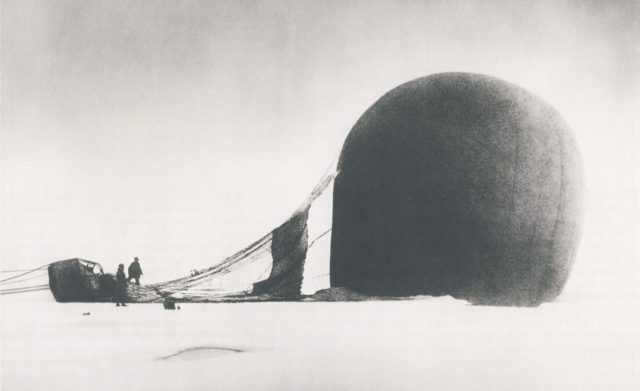
In July 1897, Ornen lifted off from Svalbard with Andrée, Nils Strindberg and Knut Fraenkel on board. Soon after the balloon ascended to its cruising altitude, it started losing hydrogen, making the steering almost impossible. The balloon eventually crashed in the middle of nowhere putting the men into a critical situation for which they had not prepared a at all. The crew, with inadequate clothing and supplies, and with no sense of direction, soon perished on the ice.
The fate of the three adventurers remained a mystery for three decades; in 1930 the last camp of the Ornen crew was discovered on the icy island of Kvitoya in Svalbard. At the time the final resting place of the men instantly became a national memorial and many paid visits to pay tribute to the brave Swedes.
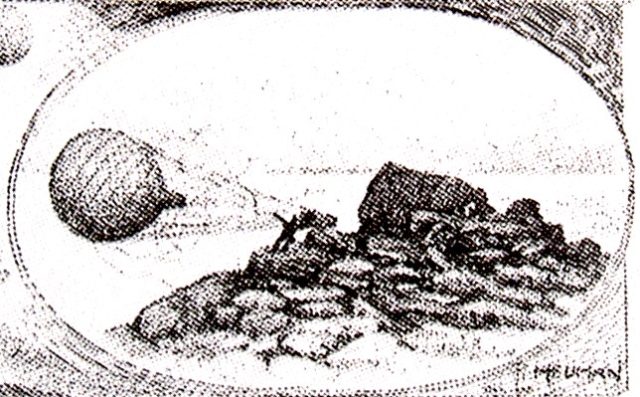
According to the experts S.A Andree was solely responsible for the death of his fellow men, due to his urgency and lack of leadership skills. Andree had failed to grasp the nature of the endeavor, and blindly trusted the technology without first getting comfortable with the usage. Andree had also failed to anticipate the potential dangers of the flight and did not equip himself with the adequate survival equipment in case of a crash on ice.
